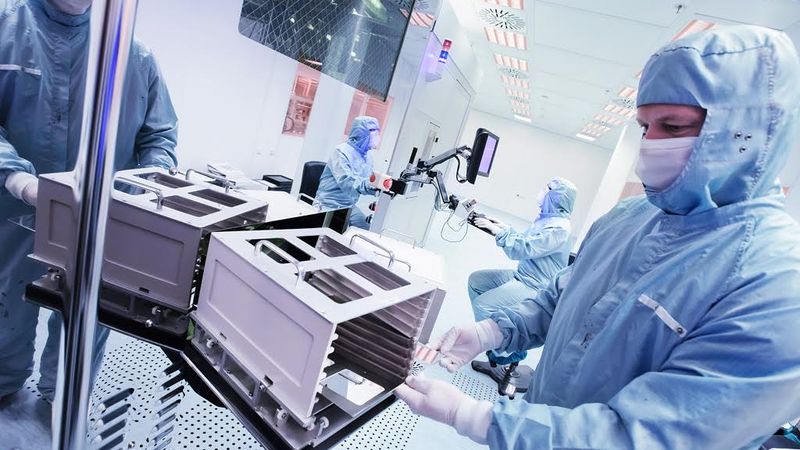Electroforming vs. Laser Cutting: What's the Difference?
What's the difference of these two precision manufacturing techniques? This article will review on Cost Efficiency, Lead Time, Design Complexity, and Quality/Accuracy.

Electroforming
Laser Cutting is a subtractive manufacturing process. It works by directing the output of a high-power laser most commonly through optics to cut materials in order to achieve the desired products. Compared to Laser Cutting, Electroforming is the more optimal choice when it is large volume production of precision thin metal parts, especially when the design is complex and quality/accuracy demand is high. So what's the difference between these two precision manufacturing techniques?
(1) Cost Efficiency
When it’s a small volume production or prototyping, Laser Cutting can be more cost-effective than Electroforming. When it’s industrial mass production, however, Laser Cutting loses its advantage in costs and Electroforming becomes the favorable option.
(2) Lead Time
With Laser Cutting, you can’t produce multiple parts simultaneously, while with Electroforming you can. Compared to Laser Cutting, which can only deal with one component after another, Electroforming is a process that can harvest a large number of products in every run. When production volume is very low, Laser Cutting
might have an advantage in speed over Electroforming. However, when it is industrial production, the lead time of Electroforming is shorter.
(3) Design Complexity
Electroforming and Laser Cutting are both highly flexible regarding design. When the design is very complex, however, Laser Cutting might take a much longer time since it can only
deal with one part/feature after another while Electroforming works on the complete design
simultaneously and can harvest a large amount of product in one run. When it comes to materials, Electroforming has some limitations while Laser Cutting can work with a wider range of materials (learn more about what materials can be electroformed from a previous blog).
(4) Quality/Accuracy
Electroforming is a high-precision manufacturing process that does not change the properties of metals such as hardness, grain structure, or ductility. With Electroforming, you can harvest ultra-precision thin metal parts burr- and stress-free. Laser Cutting, on the other hand, is a thermal process that results in thermal stress, as well as micro burrs.
Thus, compared to Laser Cutting, Electroforming is the more optimal choice when it is large volume production of precision thin metal parts, especially when the design is complex and quality/accuracy demand is high. When it is about material choice, Laser Cutting has the advantage over Electroforming.
To learn more about the benefits of Electroforming, and how it can drive continuous innovation for you as an engineer, download the Whitepaper Electroforming here.